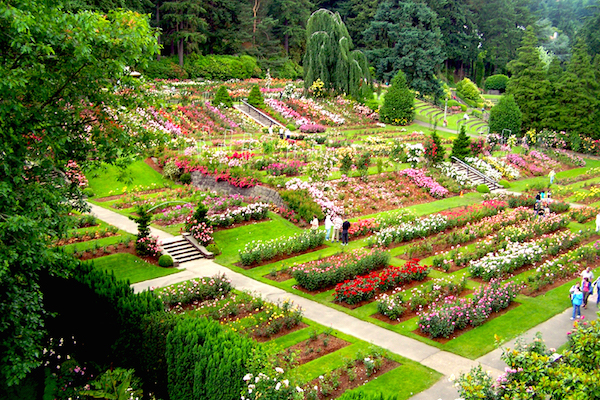written by Melissa Dalton
The Champoeg State Heritage Area is 615 acres tucked against a bend in the Willamette River, about halfway between Portland and Salem. There, you’ll find fields and forests, campgrounds and hiking trails, and vestiges of a pioneer town—the once-thriving Champoeg that was lost to a devastating flood in 1861. Such variety makes the area a destination for history and nature lovers – as well as gardeners. Behind the visitor’s center sits a thriving replica of a 1860s pioneer kitchen garden.
According to Dan Klug, head interpretive park ranger at Champoeg, the plot offers vital insight into early Oregon life. “The settlers in the Willamette Valley relied upon their kitchen gardens to supply them with the vegetables, herbs, flowers, and medicinal plants they needed on a daily basis,” said Klug. “They couldn’t just run down to the store at the time.”
Now, every year between April and September, a team of volunteers brings the kitchen garden back to life, planting what would have been grown for a pioneer family’s use and sowing varieties popular 150 years ago. “One of my favorites is called Shoo-Fly,” said Klug. “It was planted by the back window of the kitchen as a deterrent for flies.”
Early settlers guarded their seed stock carefully. Not only were seeds necessary for their future livelihood in the young state of Oregon, they could be valuable souvenirs brought over the Oregon Trail from their original homes.
“The garden itself was for sustenance,” said Klug. “But it was also a place of remembrance and beauty.”








